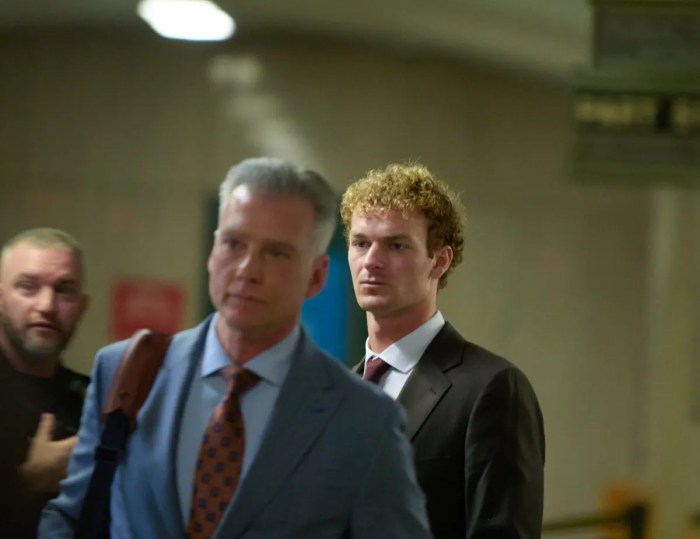By James DeWeese
As part of a pilot-initiative funded by a grant from the Ford Foundation, 29 15- to 22-year-olds started attending a biweekly weekend program that offers morning instruction in social justice issues and afternoon workshops on different artistic disciplines.
“It's almost like civics through the arts,” said Tom Finkelpearl, the museum's executive director. “How can artists and people who make art affect what's going on” in their communities?
For the first quarter of the yearlong program, participants from Astoria to Bayside and Jamaica to East Elmhurst will do morning workshops on social justice issues.
“We tried to choose people who would bring different elements to the mix,” said Prerana Reddy, who helps coordinate the “Leadership Through the Arts” program.
The goal is for the participants to “get a chance to interact and get a sense of what's already available in terms of working in (that field),” Reddy said.
During the afternoon, the participants choose from activities in three categories: theater and movement, sound and synergy and media empowerment.
Twenty-year-old Jamaica native Andy Bernadel has more than 40 paintings to his name and has worked on sound recording, but he eventually selected the theater component.
“It's a whole different experience so far,” he said of the program. “It's a great art form. It's almost like yoga – so much meditation.”
Dominque Miller, a 20-year-old East Elmhurst resident, said at first she was reluctant to participate.
“Actually at first I was just going to go because they asked me to, but it turned out to be pretty interesting,” the college student and former volunteer docent said. An immigrant from Jamaica, Miller said she most enjoys the social justice component.
During the second quarter, Reddy said, participants will put their work on display and curate an event at the museum.
After tackling social justice, arts instruction and event organization, the students will become grant-givers for community agencies during the third quarter.
They will divide into groups, formulate their own requests for project proposals from community organizations they are interested in and then award grants of between $5000 and $8000.
“We wanted it to be big enough so that adults take notice,” Reddy said. She said organizers at the museum also wanted the grants to be enough for existing organizations to actually finance new community projects.
By the fourth quarter the participants are ready to tackle internships.
“The idea is that (all the units) build upon each other,” Reddy said.
Finkelpearl said the program, which was spearheaded by the museum's director of public events, Jaishri Abichandani, ties into the institution's mission.
For Finkelpearl, there is a clear division between the “old Queens” — whites and blacks — and the “new Queens,” shaped largely by the massive immigration of people from South America and Asia.
“One of the things we want to do through this program and through the museum as a whole is build bridges,” Finkelpearl said.
The museum received a grant from the Ford Foundation's “Partners for Livable Cities” program.
Unlike the process for most grants, the museum actually received money to flesh out the program before it started.
The head start means that the participants, who will organize and curate their own outdoor exhibits as part of the program, will make it in time to catch some of the expanded traffic the museum always sees during the summer months, Reddy said.
Abichandani said she tried to draw instructors from a broad cross- section of Queens and Manhattan residents. Many of the art instructors were contacted through the “Crossing the Boulevard” exhibition the museum hosted.
The museum has enough financing to make it through two years of the program, and organizers are already applying for grants to make it permanent.
“I think this (program) is incredibly exciting. One of the things we want to do is make this a relevant institution,” Finkelpearl said.
Reach reporter James DeWeese by e-mail at news@timesledger.com, or call 718-229-0300, Ext. 157.

































